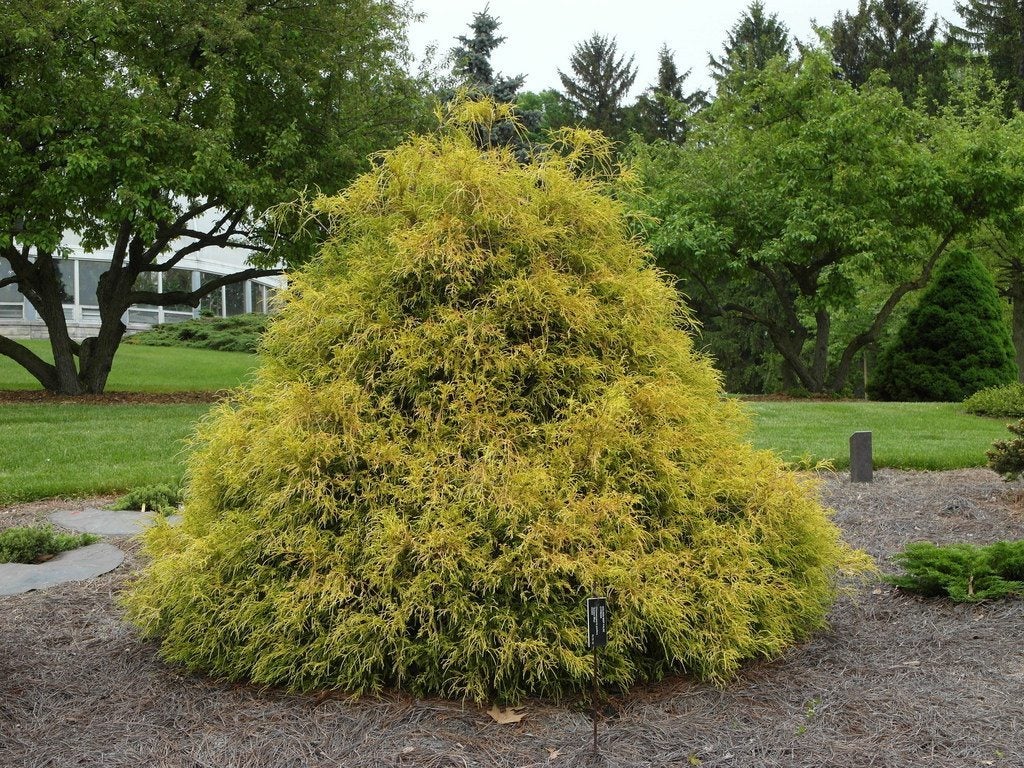Golden Mop False Cypress: Information About Golden Mop Shrubs
If you want a low-growing perennial that's a show stopper, consider growing Golden Mops false cypress. Bright and unique, they look just like their name - a golden mop.

Golden Mop Cypress Bush - Growing Golden Mops In The Garden
Looking for a small low-growing perennial shrub that's a contrast to conventional green conifers? Try growing Golden Mops false cypress shrubs (Chamaecyparis pisifera "Golden Mop").
Golden Mop cypress is a ground hugging shrub that looks a lot like a stringy leaved mop with a gorgeous accent color of gold, hence the name.
About False Cypress ‘Golden Mop’
The genus name for Golden Mop cypress, Chamaecyparis, comes from the Greek "chamai," meaning dwarf or to the ground, and "kyparissos," meaning cypress tree. The species, pisifera, refers to the Latin word "pissum," which means pea, and "ferre," which means to bear, referring to the small round cones this conifer produces.
Golden Mop false cypress is a slow growing, dwarf shrub that only grows to 2 to 3 feet (61-91 cm) tall and the same distance across in the first 10 years. Eventually, as the tree ages, it may grow up to 5 feet (1.5 m.) tall.
This plant hails from the family Cupressaceae and is hardy to USDA zones 4 through 8. Golden Mop shrubs retain their lovely golden hue throughout the year, making them a contrasting addition to the garden landscape, and especially nice during the winter months. Small cones appear in the summer on mature shrubs and ripen to a dark brown.
Sometimes referred to as Japanese false cypress, this particular cultivar and others like it are also called thread-leaf false cypress due to the thread-like, dangling foliage.
Growing Golden Mops
Golden Mop false cypress should be grown in an area of full sun to part shade in most average, well-draining soils. It does prefer moist, fertile soil rather than poorly draining, wet soil.
Sign up for the Gardening Know How newsletter today and receive a free copy of our e-book "How to Grow Delicious Tomatoes".
False cypress shrubs can be grown in mass plantings, rock gardens, on hillsides, in containers, or as standalone specimen plants in the landscape. Keep the shrub moist, especially until established. Golden Mop false cypress has few serious disease or insect problems. That said, it is susceptible to juniper blight, root rot, and some insects.

Amy Grant has been gardening for 30 years and writing for 15. A professional chef and caterer, Amy's area of expertise is culinary gardening.
